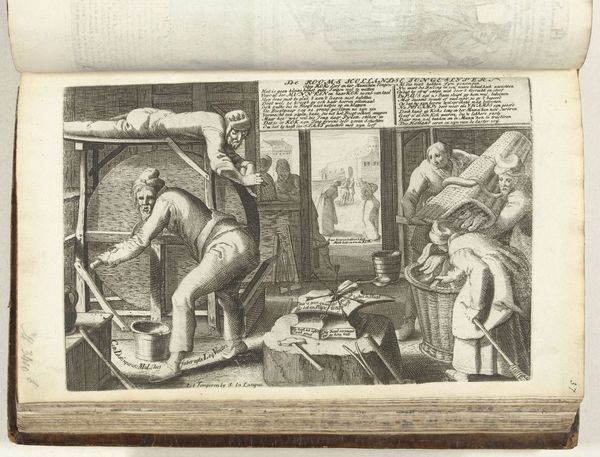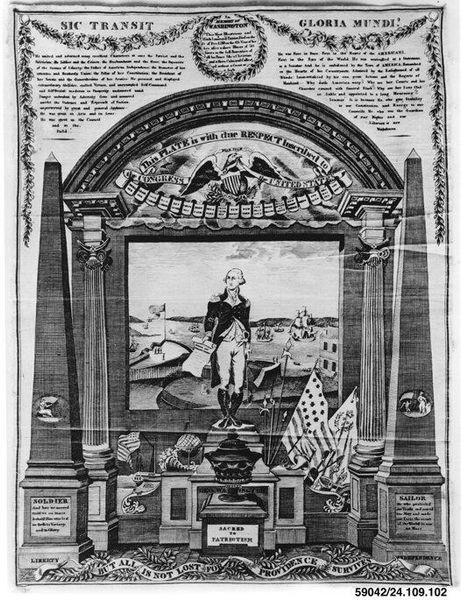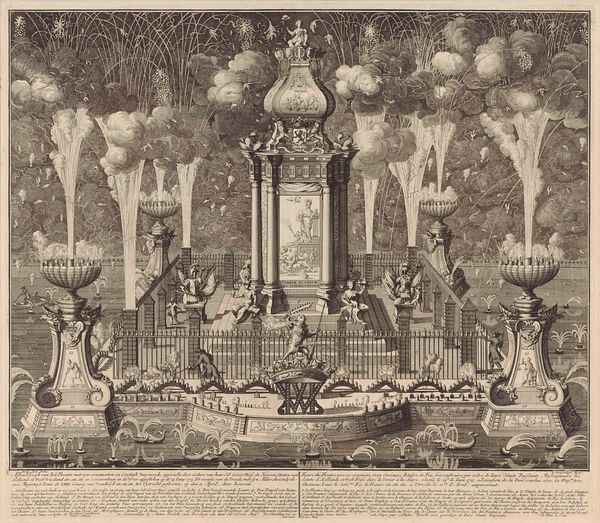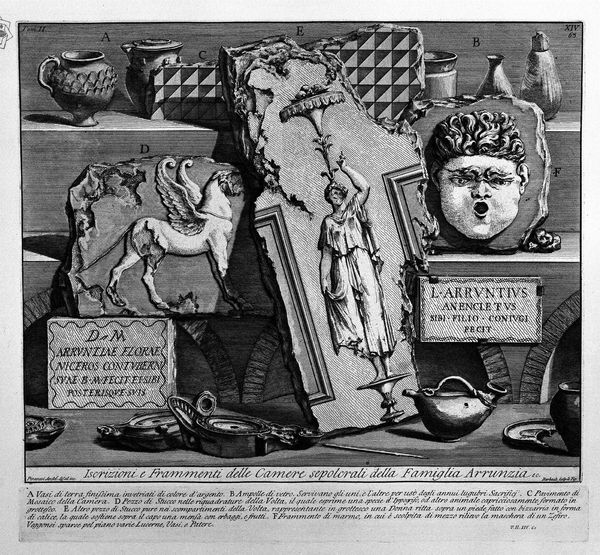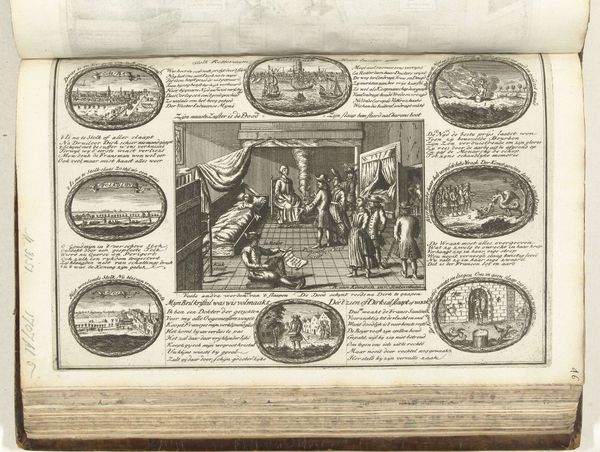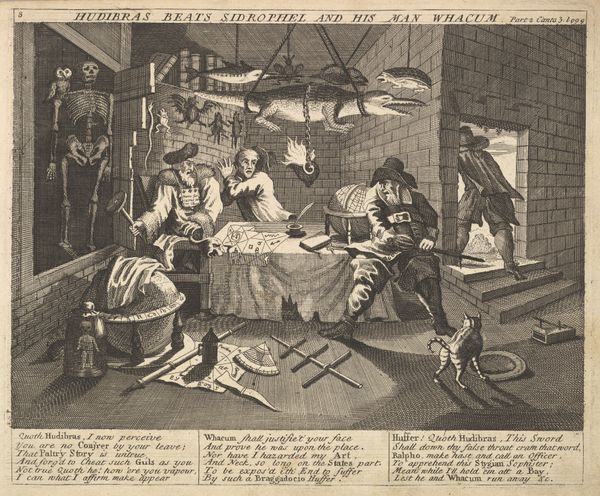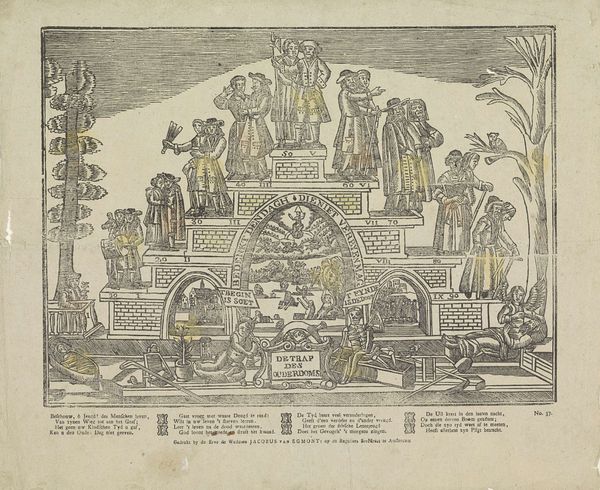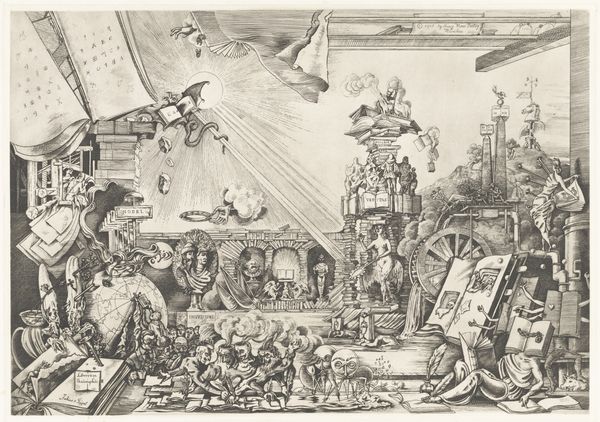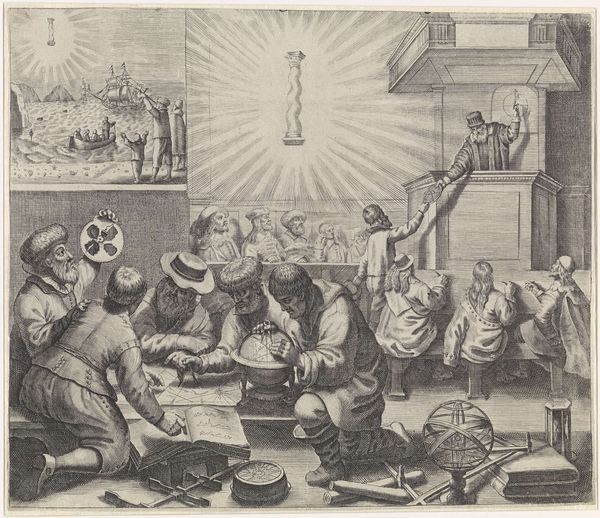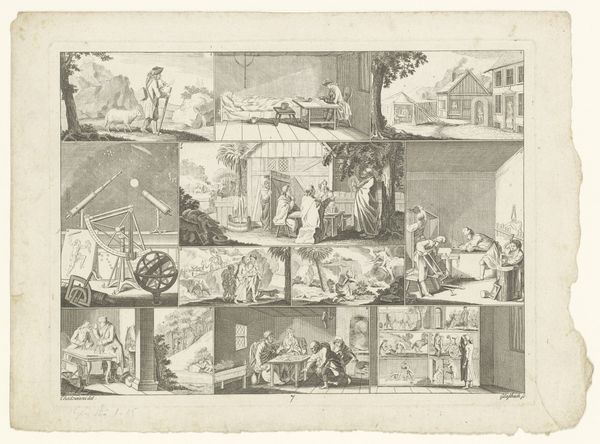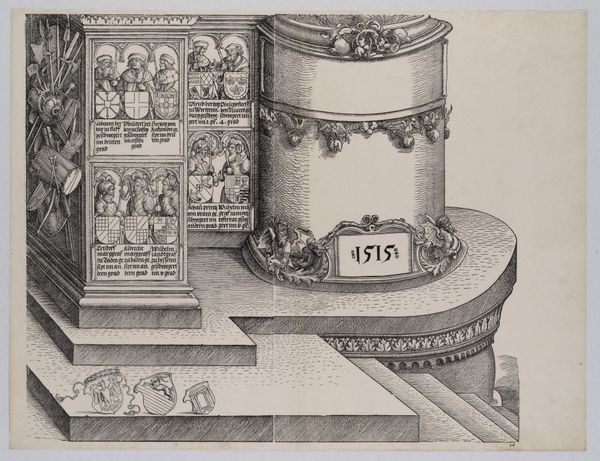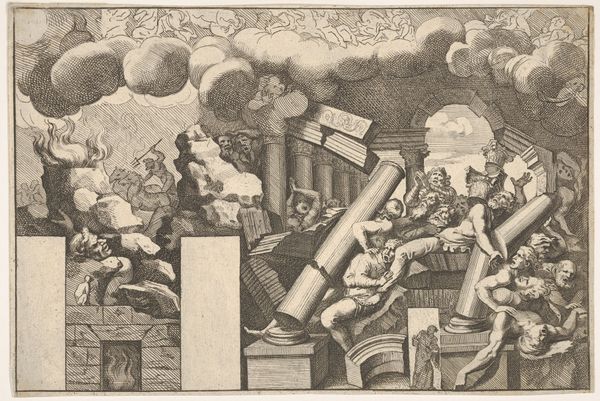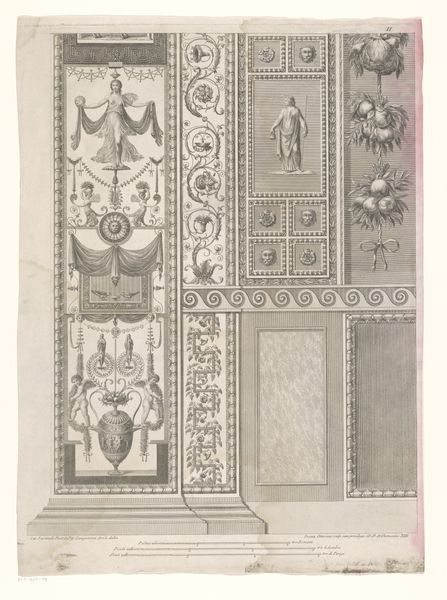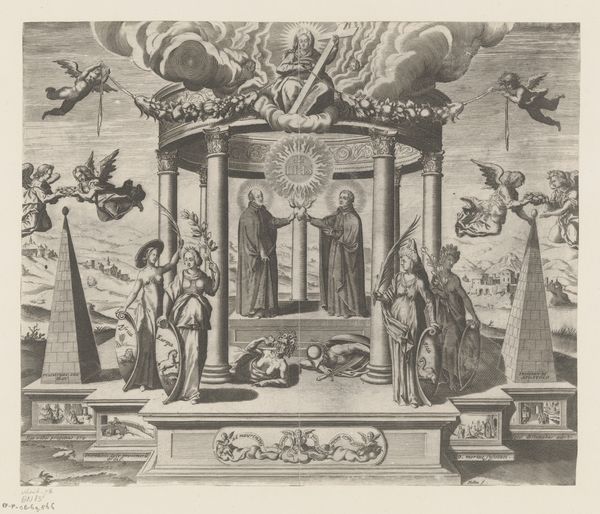
engraving
#
portrait
#
baroque
#
figuration
#
line
#
genre-painting
#
history-painting
#
academic-art
#
engraving
Copyright: Public domain
William Hogarth's "The Analysis of Beauty" offers a fascinating glimpse into 18th-century English aesthetics. Created during a period of significant social change and rising British power, Hogarth sought to define beauty not through idealized forms, but through his observations of the natural world and everyday life. His engravings critique academic art traditions, questioning the elitist standards promoted by the upper classes. Hogarth was deeply invested in the burgeoning middle class, reflecting their values and concerns in his art. He used his art to explore themes of morality, social mobility, and the complexities of identity, creating a uniquely British form of visual storytelling. Hogarth challenged traditional representations, "I dare say nobody has yet considered it [the serpentine line] in this light". He believed that true beauty lay in variety, intricacy, and the "serpentine line," which he saw as a universal principle. He argued that beauty was not fixed but fluid, shaped by individual experience and cultural context. Hogarth's work invites us to reconsider our own perceptions of beauty and value. It prompts us to ask: Whose standards of beauty do we uphold, and how do they reflect societal power structures?
Comments
No comments
Be the first to comment and join the conversation on the ultimate creative platform.
